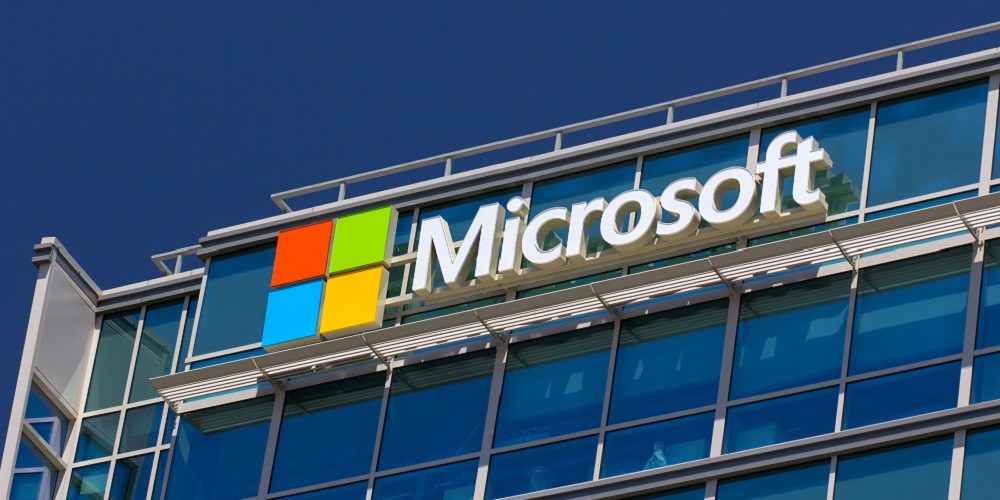Microsoft is rolling out a new version of its Windows operating system, Windows 11, and it’s likely to cause a stir in IT departments everywhere when it’s officially released around the holiday season.
The new OS – which comes after Microsoft had suggested that Windows 10 would be the last new operating system to be released – features new productivity tools, a new user interface and new integrations.
Many changes are cosmetic, including a centered Start menu and taskbar and rounded window corners, but the OS also features a deeper integration with Microsoft Teams and a new Microsoft store.
For more organizations, IT professionals are urging organizations to proceed slowly as they roll out a brand new operating system to end users who have grown accustomed to Windows 10.
Move slowly
Most organizations should not rush out to upgrade all of their end users on Windows 11, which could also mean purchasing a whole new fleet of PCs due to the hardware requirements of the new OS, particularly the TPM 2.0 requirement.
Leon Adato, a head geek at IT software company SolarWinds and a longtime IT professional who has supported Windows users in corporate environments for 32 years, cautions all companies to proceed slowly.
“User acceptance testing isn’t just for your developers,” Adato says. “Make sure the OS meets the needs of your organization and adopting it won’t create such negativity people demand you roll back to Windows XP.”
Adato also pointed to Microsoft’s checkered history of sandwiching successful versions of Windows between unsuccessful versions.
“Remember, for every Windows 10, there’s at least one Windows 8, ME, or Vista,” Adato says. “And that doesn’t even begin to account for monstrosities like Microsoft Bob.”
Read Next: What You Need To Know About Windows 11
Don’t start rollouts with IT
While it might make sense to begin your Windows 11 migration with your internal IT department, Adato suggests starting with non-mission critical end users.
“Start your rollout with easy wins,” Adato says.
That means starting with users and machines who use the least amount of specialized functions. Think training and conference room systems since they are sporadically used.
Rolling to those users helps avoid any costly business disruption, but it also helps IT pros learn about the new operating system and address issues as they arise.
“But you’re not going to have to fix as much as the hyper admin who’s hopped up on caffeine and wants root access to every single subtask running on the machine,” Adato says. “Let those upgrades help you work out the most common hiccoughs and get your migration speech down pat,” Adato says.
Windows 11 might not even be right for you
When Windows 10 was released, Microsoft began pushing end users to migrate from older versions, and those using Windows 8 were probably more likely to do so. However, Windows 7 was one of Microsoft’s successes, and many organizations are still using that operating system and are paying for extended support.
On its product lifecycle page, Microsoft says support for Windows 10 Home, Pro, Enterprise and Education editions will end on Oct. 14, 2025, suggesting that the company is following a similar trajectory for Windows 11 as Windows 10.
It remains to be seen if Microsoft will provide extended support options for organizations that don’t yet want to move to Windows 11.
“Windows 7 is still the reality for a lot of organizations,” Adato says. “It’s not because they couldn’t foot the bill to upgrade – it’s because Windows 7 does what they need it to do and they can’t go to a different one.”
If you enjoyed this article and want to receive more valuable industry content like this, click here to sign up for our digital newsletters!










Leave a Reply